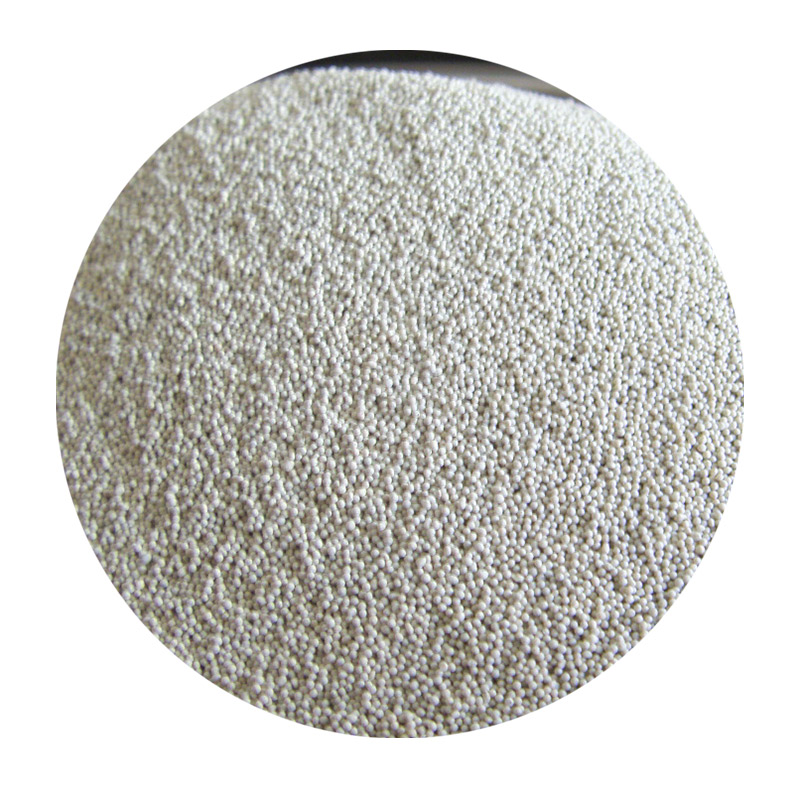How Sand Casting is Done
Sand casting, a process that has been used for centuries, is one of the most versatile and widely used methods of metal casting. It involves creating a mold from sand to form a desired shape and is commonly used for producing complex parts in various industries, including automotive, aerospace, and manufacturing. In this article, we will explore how sand casting is done, from preparation to completion.
The first step in the sand casting process is creating the pattern. A pattern is a replica of the object that needs to be cast. This pattern is usually made of metal, wood, or plastic. When creating a pattern, it is important to consider the shrinkage of the metal as it cools, so the pattern is typically slightly larger than the final product.
How Sand Casting is Done
Next, the mold is prepared for pouring. This involves creating a pouring basin and sprue, which are channels that allow the molten metal to enter the mold cavity. Venting is also essential; small holes are created to allow gases to escape during the pouring process, preventing defects in the final cast. Once everything is set, the mold is reassembled, and the sand is compacted once again to ensure a tight fit.
how sand casting is done

The molten metal is then prepared for pouring. Depending on the type of metal being cast, this step may vary slightly. The metal is heated in a furnace until it reaches its liquid state and is poured into the mold through the sprue. It is crucial to pour the metal smoothly and steadily to avoid trapping air or creating turbulence, which can lead to defects in the casting.
After the mold has been filled, the metal is allowed to cool and solidify. The cooling time can vary based on the thickness and type of metal but generally takes anywhere from a few minutes to several hours. Once the metal has fully cooled, the sand mold is carefully broken away to reveal the casting. This is typically done by hand or with the help of machines, depending on the size and complexity of the casting.
After the casting is removed from the mold, it often requires additional finishing processes. These might include sandblasting to remove residual sand, machining to achieve precise dimensions, or surface treatment for improved appearance and durability.
In summary, sand casting is a highly effective method of producing metal parts, involving pattern creation, mold preparation, and molten metal pouring. Its adaptability to different shapes and sizes makes it an invaluable technique in modern manufacturing. Despite advancements in technology, the basic principles of sand casting remain unchanged, showcasing its enduring importance in the world of metalworking.
Post time:ಸೆಪ್ಟೆಂ . 16, 2024 19:01
Next:sand ceramic fire brick
